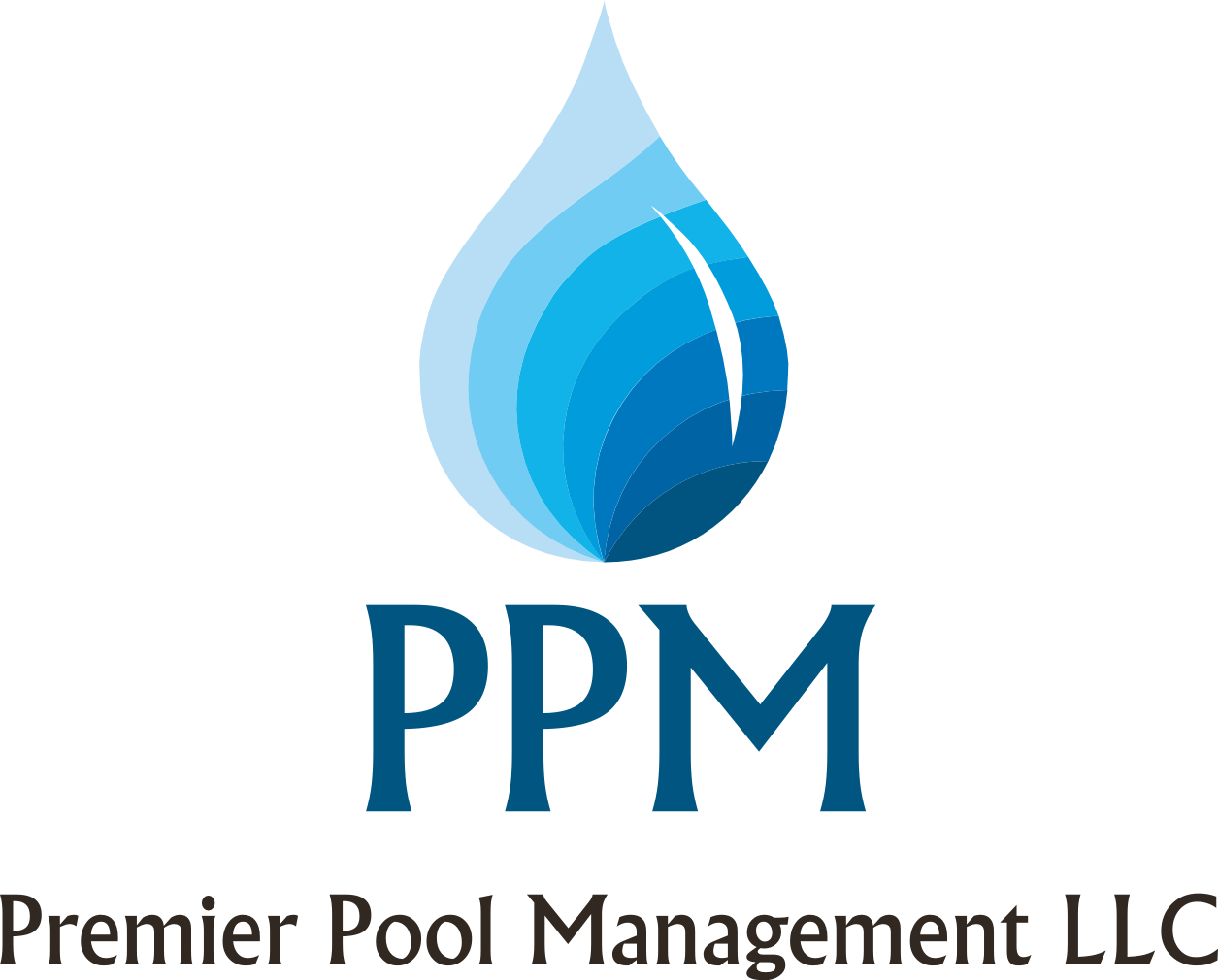Disclaimer: This article is written to expose operators to some potentially new ideas about diving board safety. Every situation and installation is unique and in no way is this information to be interpreted as a complete safety plan for your unique situation.
Diving boards are a fun and entertaining attraction at a pool. Kids love them, athletes compete on them, and risk managers hate them. Sadly, many of the 3-meter diving boards around the country have been "risk-managed" out of facilities. Several aquatic consultants have presented data at trade shows that indicate that the risk involved with 3m boards was overstated and exaggerated, and that 3m boards were no more dangerous than 1m boards. Regardless of board height, many industry professionals agree that like any pool amenity, there is some additional risk when a diving board is made available to customer. The good news? Much of the risk can be managed through 1) a strong maintenance program, 2) a good set of diving board rules, and 3) skilled lifeguards.
1) Diving Board Maintenance
We will discuss a normal weekly maintenance plan for Duraflex diving boards. Duraflex boards are the industry standard for competition and found in the vast majority of facilities across the world. There are other "recreational" boards of course and some of this may apply to those as well.
Weekly Maintenance Plan
Duraflex offers regular maintenance recommendations on their boards. They can be found here: https://duraflexinternational.com/resources/maintenance/.
Here a written plan that we have recommended to previous diving board maintenance customers:
Tools Needed:
- ½ in. box wrench and speed socket wrench
- 9/16 in. box wrench and speed socket wrench
- 15/16 in. box wrench and speed socket wrench
- 15/16 in torque wrench
- Safety goggles
- Disposable gloves
- Grease Gun
- Rags
- WD-40 grease solvent
- Small can of “3 in 1” Brand Oil

Remove old grease from slide track with WD-40, spraying ONLY on the rag, careful not to overspray onto any tiled surfaces or the diving board to prevent a slippery situation. Wipe the entire slide track clean of all grease. The slide track has four sides; outside, top, inside, and bottom. Clean all 4 sides and remove all old grease.


Using your gloved finger and a grease gun, reapply a small amount of grease on all four sides of the tracks coating evenly and lightly. Duraflex recommends a "Mystic JT-6" grease.


Check your rail brackets to ensure safety and prevent rattling.


Check the “smoothness” and ease of turn of the fulcrum and the “noise level” of the board hitting fulcrum wheel. Adjust the anti rattle clamp slightly as needed at the bottom of the fulcrum assembly and roller clamp. Note: If you over tighten the anti rattle clamp the fulcrum will not move easily and may be difficult for the diver to adjust.


Place one drop of “3 in 1” oil into hole located on diving board hinge assembly. Place a drop of oil on the O-rings on either side of the hinge assembly to prevent deterioration of the rubber.


Lift up the board - use multiple people - be safe! Check the rubber rails on the bottom of the board for excessive wear and/or a smashed appearance. Issues typically develop first around the number 9 and 10 fulcrum adjustment position. Replace worn rails using new rails with two-part epoxy.
Also, test your frequently to ensure it is not slippery. A slick board is very dangerous. Often, this is just a result of oils and sunscreen that can be cleaned off with a power washer. Other times, the actual sanding in the coating may be wearing off. A neat fact - DuraFlex will receive your old board, examine it for stress and cracking, and if OK, put it on the assembly line to be completely re-coated. It will come back to you looking brand new for a fraction of the cost of a new board.
Is this more than you want to deal with? Call us! We have been maintaining diving boards for 20+ years!
2) Diving Board Rules
Rules used at your facility will be dependent on your board, your pool, what else is going on in your pool, your local code and other factors. Create your diving board rules to keep divers safe at your specific facility. Review them anytime your operation changes. Typical rules include limiting the type of dive that can be done during open recreational diving (most operators want to avoid those dives that bring a diver's head back towards the board - reverse dives, inward dives, limiting the number of divers on the board/ladder at a given time, ensuring that divers swim out of the way before the next diver takes a turn, possibly limiting the fulcrum to the safest position, ensuring that divers are strong swimmers, and more. If you have questions about rules, please feel free to reach out to us to chat about your specific scenario.
3) Skilled Lifeguards
Lifeguards in competitive facilities either really like guarding the Dive Well, or really dislike it. Even with elite divers accidents happen, and these accidents are often categorized as potential spinal events requiring a more robust rescue procedure on the part of the lifeguard. The Dive Well is a good place for your "best of the best" lifeguards. These veteran lifeguards are those who can confidently recognize a potential spinal, activate the EAP, swim easily down to the bottom of the deep-end if necessary, and return to the surface with a victim. They also show repetitive success in the spinal boarding and strapping procedures. While all lifeguards should have a lifeguard certification...let's face it...some guards are stronger than others.
